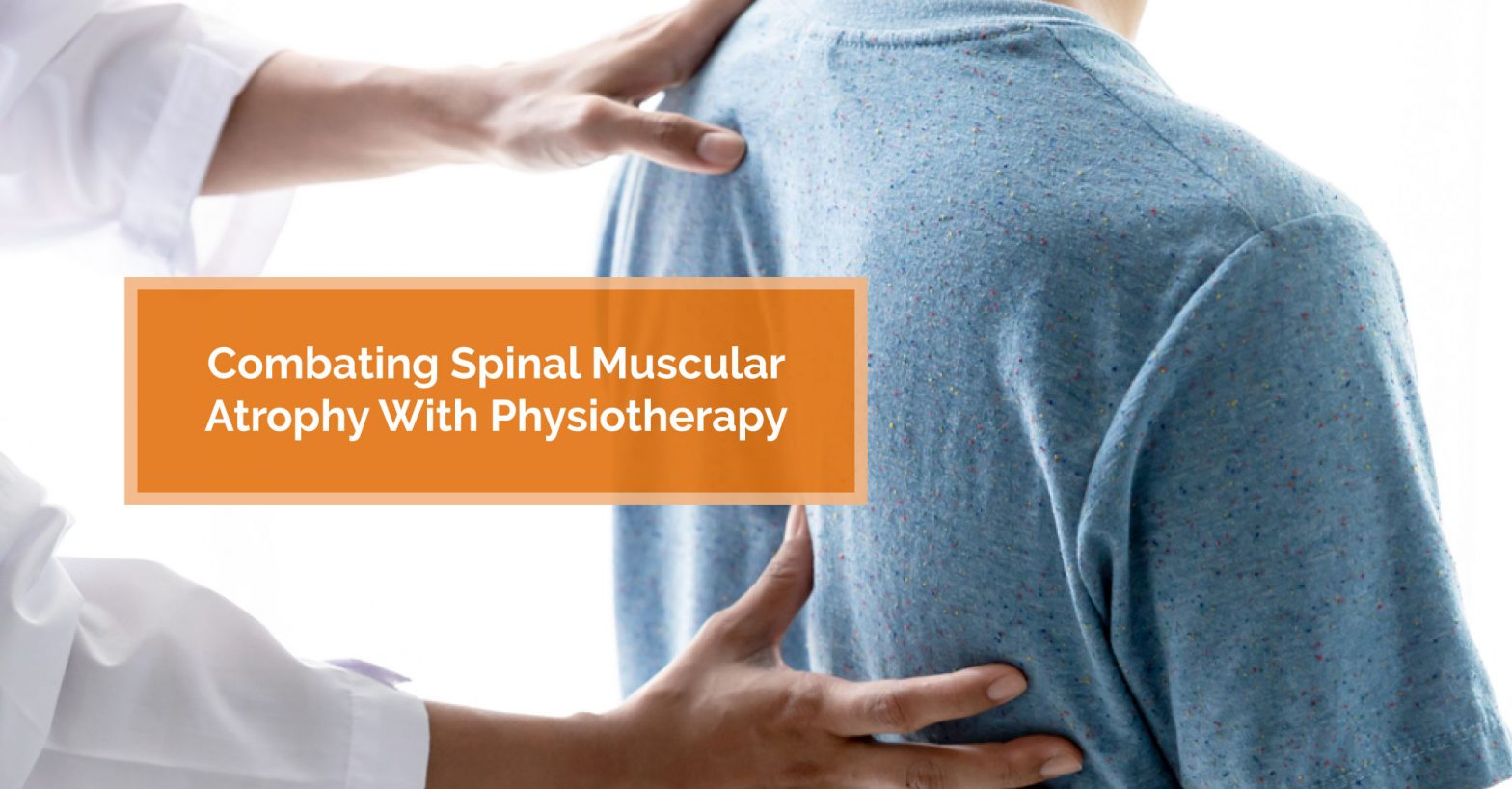Osteoarthritis Treatments: What You Need to Know...
Key Highlights: Osteoarthritis treatments focus on pain relief, restoring joint…
Read More
Posted by Dr. Scott Wilson | 01-Aug-2022
Spinal muscular atrophy is a genetic disorder that affects the central nervous system and the skeletal muscles leading to muscle weakness, and atrophy in the spinal cord. In some cases, it can also cause breathing problems and gastrointestinal difficulties. The condition progressively destroys motor neurons—nerve cells in the brainstem and spinal cord that control the movement of our arms, legs, chest, face, throat, and tongue. They affect essential skeletal muscle activity such as speaking, walking, breathing, and swallowing. These motor neurons are made up of a protein called SMN1, which is encoded by the SMN1 gene. This protein helps create more motor neurons as we age and speeds recovery after injury or disease. Mutations in this gene cause reduced amounts of this protein and eventually the death of these cells as we age.
Spinal muscular atrophy is caused by mutations in the SMN1 gene (typically, one inherited from each parent). This gene produces a protein called SMN, which helps repair damaged nerve cells in the brain and spinal cord. Without enough SMN, nerve cells die and the spinal cord can’t grow new nerve cells to replace those that die from SMA. In turn, this can cause severe weakness and muscle wasting (atrophy).
The symptoms vary widely among individuals and can range from mild to severe. Some people have no symptoms at all while others may have only mild signs such as trembling muscles, limpness, or difficulty walking. In some cases, individuals with SMA may not show any symptoms until later in life.
Early diagnosis can be performed during the pregnancy stage and can help in determining whether a baby has SMA or not. Even certain developmental delays can be linked to SMA, such as:
Some common symptoms of Spinal Muscular Atrophy in adults include:
Weakness: This includes difficulty walking, climbing stairs, or sitting up in bed. Those with SMA may also lose muscle tone in the legs and arms, which can make it difficult to hold things firmly.
Muscle Wasting: This occurs when the muscles in the limbs become weak and thin over time. With age, the ability to move around may become more difficult as the muscles in the lower body waste away.
Movement Issues: In addition to trouble walking and climbing stairs, lower back pain and stiffness or slowness in part of your body may occur. For example, bending down or reaching up high may become more difficult because a particular muscle has lost strength due to SMA.
Other common symptoms of Spinal muscular atrophy include:
There are four different types of SMA, each with its unique symptoms. Some patients have mild symptoms, while others have more severe cases.
Type 1 SMA is caused by mutations in a gene called SMN1, which codes for a protein involved in breaking down toxic waste products in cells. Without enough of this protein, cells cannot carry out their proper function and waste builds up, eventually causing weakness and atrophy. Infants with Type I SMA will have problems holding their head, feeding, swallowing, and will not move around as often. The symptoms usually begin at birth or within the first few months of life and may result in death by the age of two to six years due to severe breathing problems.
Type II SMA is usually diagnosed in children aged 6-18 months. Children with Type II are prone to muscle weakness and have difficulty sitting or crawling. They are most likely unable to use their hands and knees while crawling and will rely more on their bellies to do so. As their SMA progresses, they may suffer from more severe breathing problems and find it difficult to swallow food. Over time, it may even lead to orthopedic problems such as contractures, scoliosis, sacroiliac joint dysfunction or hip dislocation.
Type III SMA is caused by mutations in the superoxide dismutase (SOD1) gene and often affects children older than 18 months of age. Children diagnosed with Type III SMA will have considerable muscle weakness in the early stages and as a result, may seem to be clumsy while performing daily activities. When compared to the children suffering from Type I or Type II SMA, children with Type III will have a lesser frequency of feeding or respiratory difficulties.
Type IV SMA presents later than Type III and has a slower progression. It’s less common than Type III; occuring in 5 to 10% of people with SMA. People with Type IV have a progressive weakness that reaches the elbows and knees, which may result in complete paralysis over time. The symptoms of Type IV SMA are often found in adults in their thirties and forties and may resemble other physical problems or medical conditions.
Physiotherapists use different treatment methods and strengthening exercises to help both children and adults with SMA improve and maintain mobility. Advanced physical therapy treatments are also known to prevent or slow the progression of joint tightness (contractures) and respiratory failure and are also effective in joint pain treatment.
This treatment involves placing electrodes on the skin and stimulating the nerves that run through your spinal cord. SNS helps strengthen upper body muscles and control shaking caused by spinal muscular atrophy. Other studies suggest that SNS may improve muscle strength and mobility in patients with SMA.
Physiotherapists can help with strengthening exercises that are capable of slowing any deterioration in muscle strength and prolonging mobility. These strengthening exercises are even effective for children and can be essential in keeping them active and moving. Physiotherapists will often include games and other elements for use during therapy to make the experience more positive for children.
Physiotherapists include strategies for kids to help them learn developmental skills that improve:
As the name indicates, aquatic therapy leverages the physical properties of water to provide strength training, walking and balance exercises, and aerobic training, to patients with SMA. It represents a reduced risk of fatiguing or overworking muscles.
Standing programs are a special physiotherapy treatment method for children. They are an effective solution for preventing contractures and bone-mineral density loss, and for promoting musculoskeletal development. These treatments help improve muscle flexibility and muscle length.
Physiotherapy treatments can play a pivotal role in preventing contracture and increasing flexibility in children diagnosed with SMA. Some prominent exercises that a physiotherapist includes for this are range-of-motion exercises, positioning, and regular stretching. A physiotherapist may even suggest the use of splints, braces, or standing devices if required.
There is no cure for Spinal muscular atrophy. However, physiotherapy treatment and support are available to manage the symptoms. It can also help people with the condition enjoy the best possible quality of life.
If you or someone you know is struggling with spinal muscular atrophy, contact us today and let us show you why, at Physiomed, Healthier Starts Here.

Key Highlights: Osteoarthritis treatments focus on pain relief, restoring joint…
Read More
Key Highlights: Runner's knee, or patellofemoral pain syndrome, is a…
Read More
Key Highlights: Upper back and neck pain can be caused…
Read More
Key Highlights: Many people want to lose belly fat for…
Read More
Key Highlights: Vestibular physical therapy, or physiotherapy, is a specialized…
Read More
Key Highlights: Tennis elbow, or lateral epicondylitis, is a condition…
Read More